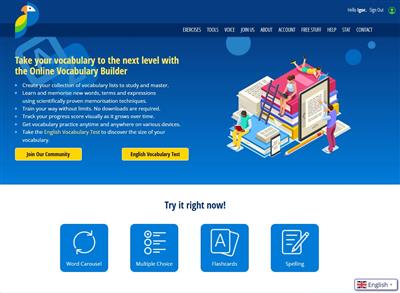Keyword Strategy for Web Project
March 29, 2022
A keyword strategy is a meaningful way to organise your search marketing campaign. We advise that you start with a documented plan before getting too far with content writing or anything else. So, how can you create a keyword strategy for yourself? Follow this step-by-step guide below.
Understand your business’ audience
The first and most important thing you can do for your keyword strategy is understanding your target audience. What phrases and terminology are they using? Often, businesses rely too heavily on branded terms that describe their products or methods - however, these terms rarely work in a keyword strategy.
To audit keywords that work for your audience, you should:
- Talk to your target audience and take notes on the phrases they use
- Ask them deliberately if they understand the terms that you would choose
- Read industry publications and research #hashtags being used
- Research keyword volume
Don’t be afraid to rethink how you talk about your business and services. Keyword research will likely be eye-opening for you and challenge you!
Choose the right tool for keyword research and tracking
You can use Agency Analytics to track keywords over time, Moz or Keywords Everywhere Chrome extensions to measure keyword metrics, and BuzzSumo, SEMrush, and SpyFu for more research. Play around with those tools and see what makes you feel most comfortable and what also fits in your price range. However, one thing you must do is invest in a tool that will continually crawl your website and track your keyword progress over time. Agency Analytics is one such tool.
Add lots of keywords to track and analyse
Next up, you must create an extensive database of keywords you want to research. Work on adding keywords that are wide-ranging to your tracking tool. Experiment with new phrasings even if you don’t use them already.
You don’t need to keep these terms in your tracking tool forever, but the more phrases you have, the bigger your sample size and better judgment. Try adding at least 50-100 keyword options.
Tip: Search the desired term into Google and see what comes up for related searches. These will often give you new ideas in your audience’s minds.
Choose the best target audience.
Next, pare down your keyword options to the best targets. The best targets have:
- Immediate relevance to your business
- High volume - at least several dozen to several hundred monthly searches, and more if you’d like to scale with that keyword
- Low to medium difficulty - If you’re new to your keyword strategy, you won’t have a lot of authority and can’t rank for anything much higher than 7/10 difficulty
- An existing ranking URL - if you are already “ranking” for a key term that is already showing up in a Google search, it may be a good target because you have some momentum building.
You can find all of these analytics across the tools mentioned above. Keep note of all of these metrics in neat columns so you can reference them later.
Tip: Make a note of low, medium, and high priorities based on the analytics. Color-coding can be helpful! Ask yourself: What are the best and most relevant terms to my business which have enough volume to drive visitors to my website but aren’t so difficult that I can’t even make a dent? Those are high priorities!
Organise your keywords into topic groops
Topic clusters (also called content clusters) are content groupings around a similar topic. By writing content in groups and hyperlinking them all together, you tell Google that you have broad and deep authority on a subject. This helps you rank in search. Of your “high” priority keywords that you labelled, choose 1-2 that will serve as the centrepieces of your new topic clusters. Write these down.
Next, think of potential “long-tail” variations on these keywords. Long-tail keywords usually have less volume but are more specific. For example, “information technology” at the centre might yield “IT service management,” “information technology definition,” and “IT management best practices.” Write these down as well.
If you are not ranking for a target keyword, your action item will be “create SEO page” which will centre your topic cluster.
Write, publish, and refine content
Now that you’ve determined action items for your keyword strategy get to work! You should aim to publish at least one blog post a week, or even twice a week if your industry is saturated with many content. Refreshing old content with new keywords is also a great way to “recycle.” And it would help if you also published SEO pages often in your content marketing mix.
Analyse and iterate
Remember how we said you must be tracking keywords over time with a tool? This is really important. Periodically you need to check your progress over time:
- Did you get on the third page of Google? The second or even first?
- Which position are you in, and for which URL?
- How many visitors are you getting to that page?
- If you see success, how can you replicate and scale those actions?
The metrics here will tell you how to optimise your strategy. By refining over time you will create a strong SEO presence that pulls in many new leads.


